



If you’re in my line of work, which is technically to discover and write about new skin care products, you’ll notice that trends start to emerge. With 2016 already being halfway over (can you imagine?!), here are the five biggest trends I’ve noticed so far, from most to least promising:
1.) Neuropeptides and Botox-like Expression Line Treatments: A+



One of the hottest trends I’ve noticed thus far for 2016 is the development of topical agents designed to act like Botox.
Let’s talk about the differences between topically-applied neuropeptides and Botox®. Most of the topically-applied neuropeptides are purified versions of a neurotoxin from an animal like a snail; Botox®, on the other hand, is a neurotoxin (not a peptide) derived from bacteria. Similar, but different.
Once injected, Botox® works by weakening facial muscles that frequently contract during smiling or frowning by attaching itself to the junction between nerve and muscle. By blocking muscle activation, creases are not permitted to form on your face, which allows your existing lines to slowly fade or disappear completely.
On the other hand, once topically applied to the skin, neuropeptides are designed to be biomimetic, inhibiting some degree of facial muscle activation. In this way, creases do not form on your face, and existing lines will, over time, fade away.
The benefit of a topically-applied biomimetic over Botox® is that XEP-30 will not create an overdone, or “frozen,” appearance. While Botox® can expertly be injected at certain angles and specific spots of the skin to keep muscle movement looking natural, some who administer Botox® do not have this level of precision.
Our recommendation: Use a neuropeptide like XEP-30, which is packaged together with a state-of-the-art delivery system in ERASA XEP-30 Extreme Line Lifting and Rejuvenation Concentrate. This terrific serum may improve the appearance of fine lines and wrinkles, without the risk of looking stiff, unnatural, or “frozen.”
2.) Fatty Acids: A
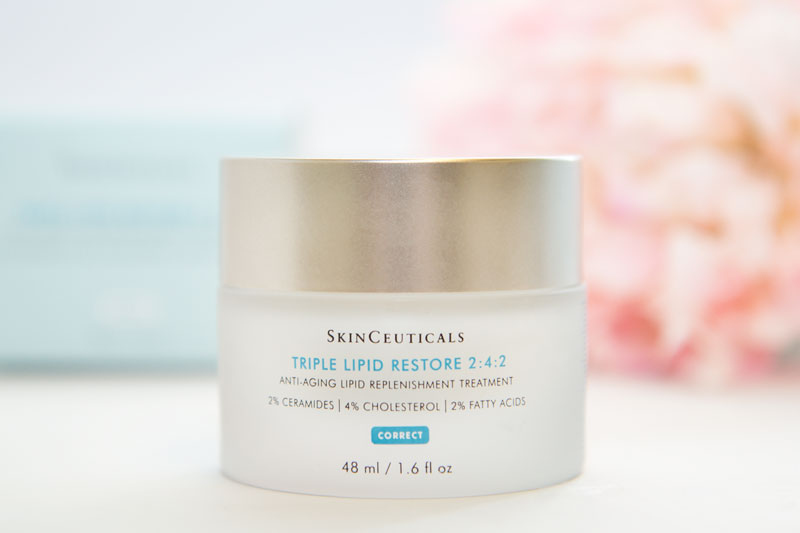
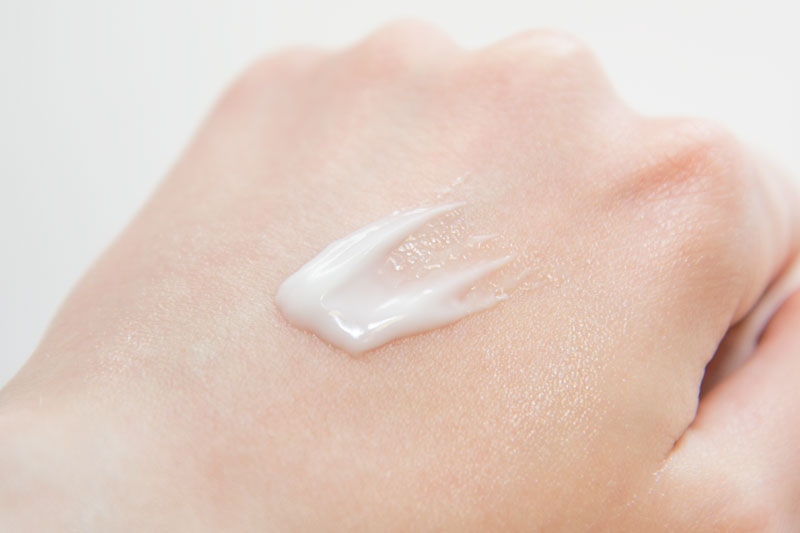
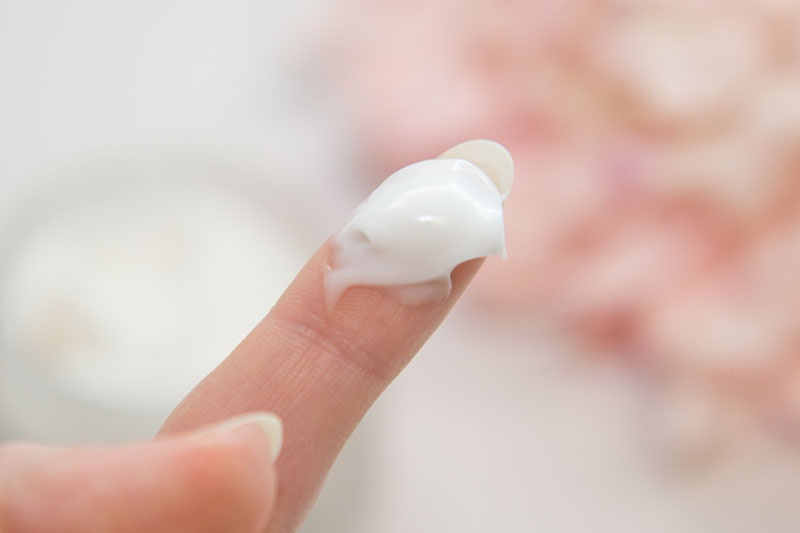
Your skin naturally contains lipids like triglycerides, fatty acids, squalane, wax esters, and cholesterol. These lipids are an important part of your skin’s ability to retain moisture and to keep bacteria out that can lead to inflammation, breakouts, and infection.
But as you age, your skin naturally produces fewer and fewer lipids. And the lipids your skin does produce lack integrity, meaning they may not have the same structure, be able to function as well, or be able to perform at the same level they did when you were young.
The biggest example of the importance of lipids in the skin is seen in a skin does order called X-linked Ichthyosis, which leads to abnormally dry, hard, resistant skin. This disorder is caused by defects in lipid metabolism. Deficiencies in lipids even in individuals without X-linked Ichthyosis have been known to predispose people to exceptionally dry skin — for instance, it’s well-established that a decrease in lipid production contributes to the rough, tight, full and dry skin associated with aging.
Our recommendation: It’s not a bad idea to supplement aging skin with the triglycerides, fatty acids, and other substances it may lose with age. Skinceuticals Triple Lipid Restore 2:4:2 may be the best treatment I’ve seen for doing just that. While not suitable for oily or acne-prone skin types, it does help for skin that is starting to lose its natural production of quality fatty acids.
3.) Micellar Waters: B+
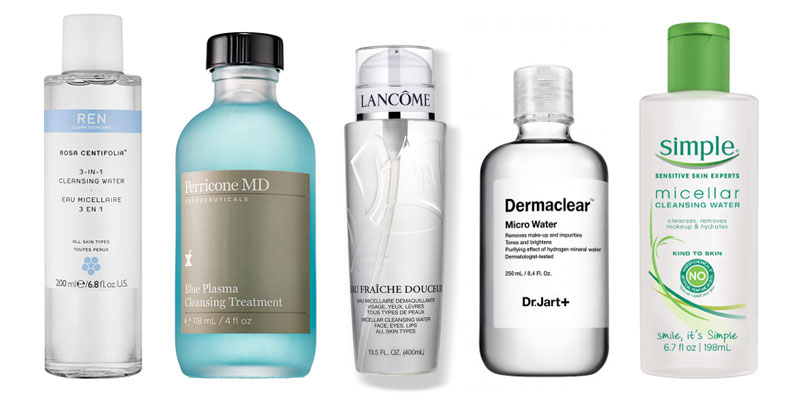
Scientifically speaking, micellar water is a low-foaming cleanser. Micelles are nothing more than cleansing molecules that attract dirt and oil.
Micellar waters generally contain a quick-penetrating glycol in a watery base. Other ingredients are added for nutrient benefit, like skin-strengthening panthenol and skin-brightening niacinamide, or less-effective plant extracts in varied concentrations. The pH is generally balanced out with ingredients like tetrasodium EDTA, citric acid, and potassium chloride.
I mean, for basic cleansing and toning in one simple step, I do like micellar waters. They are gentle and don’t strip the skin of oils like many toners alone do.
However, I don’t think that micellar waters rank anywhere near neuropeptides, retinoids, niacinamide, vitamins C and E, or any of the other skin care ingredients I mention regularly on the blog. I also don’t like any of the micellar waters currently on the market for very oily or acne-prone skin. If you have acne, I highly recommend that you use a salicylic acid cleanser, or another potent traditional cleanser, and tone separately. Cleansing and toning is extremely important for keeping P. acnes under control, and using micellar waters alone might not be enough.
4.) DIY Skin Care Recipes: F
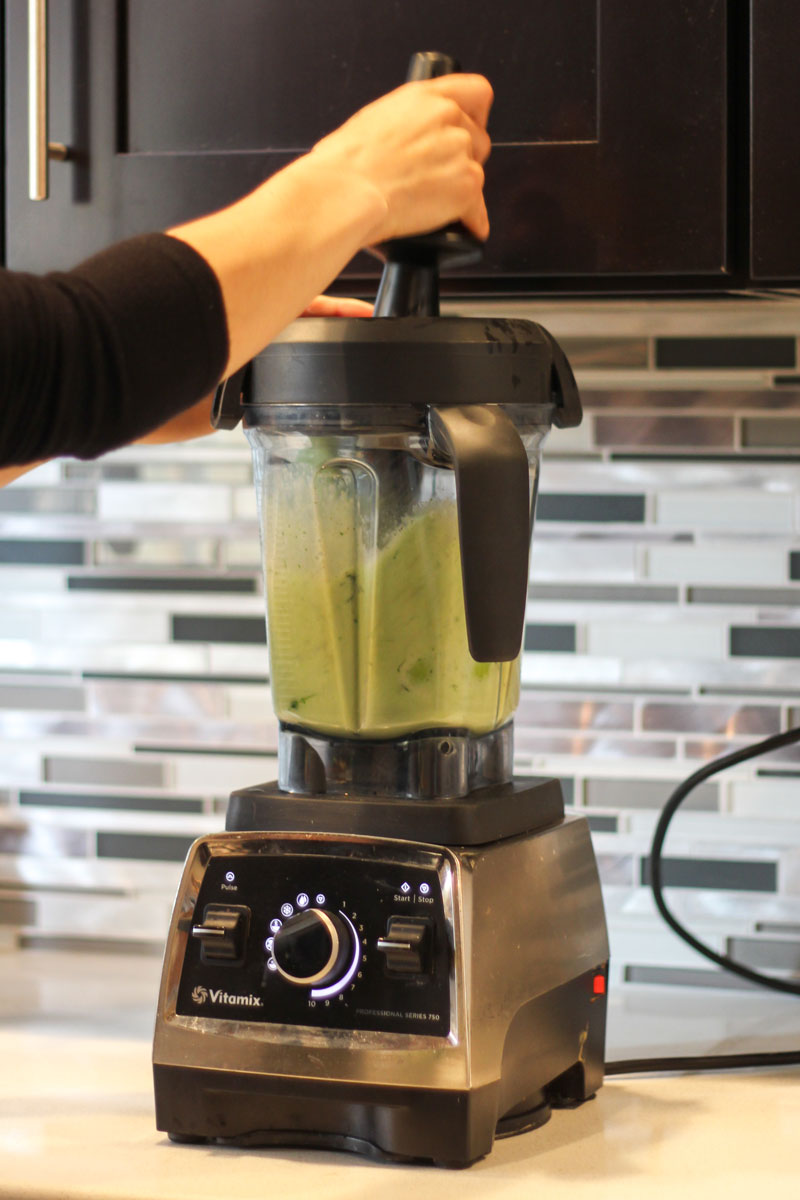
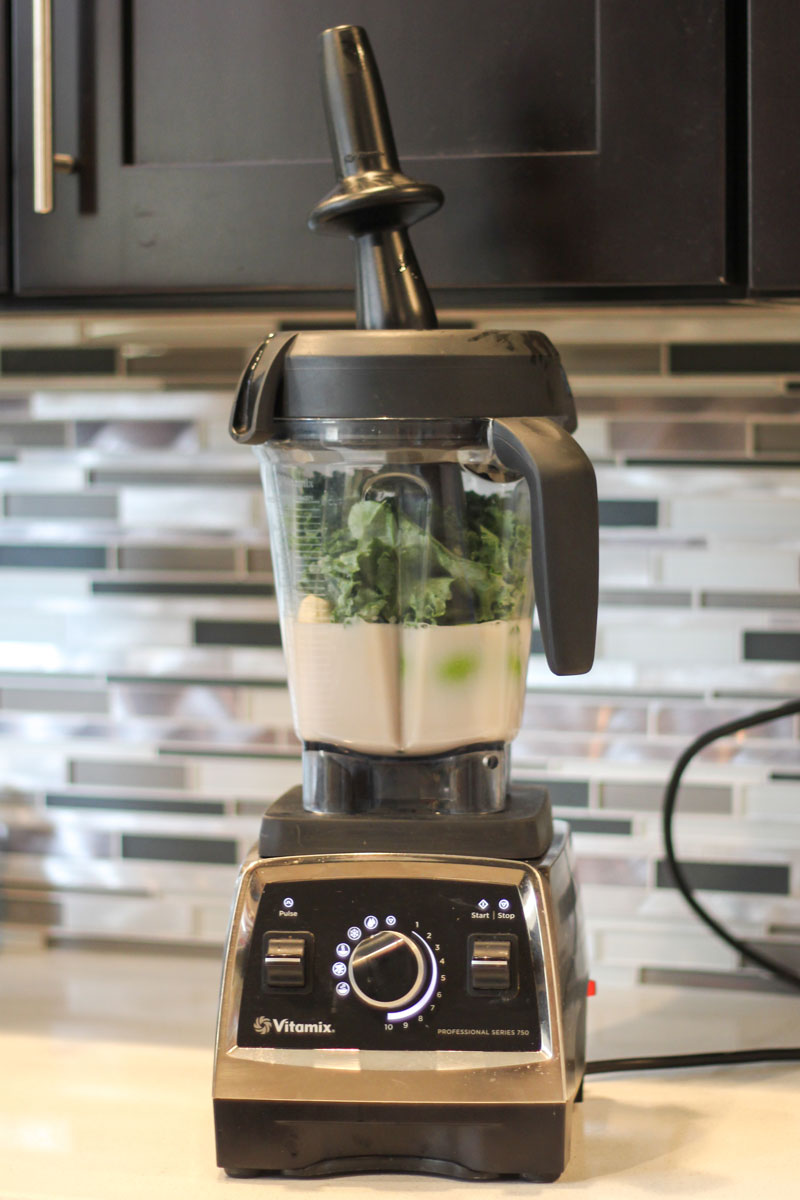
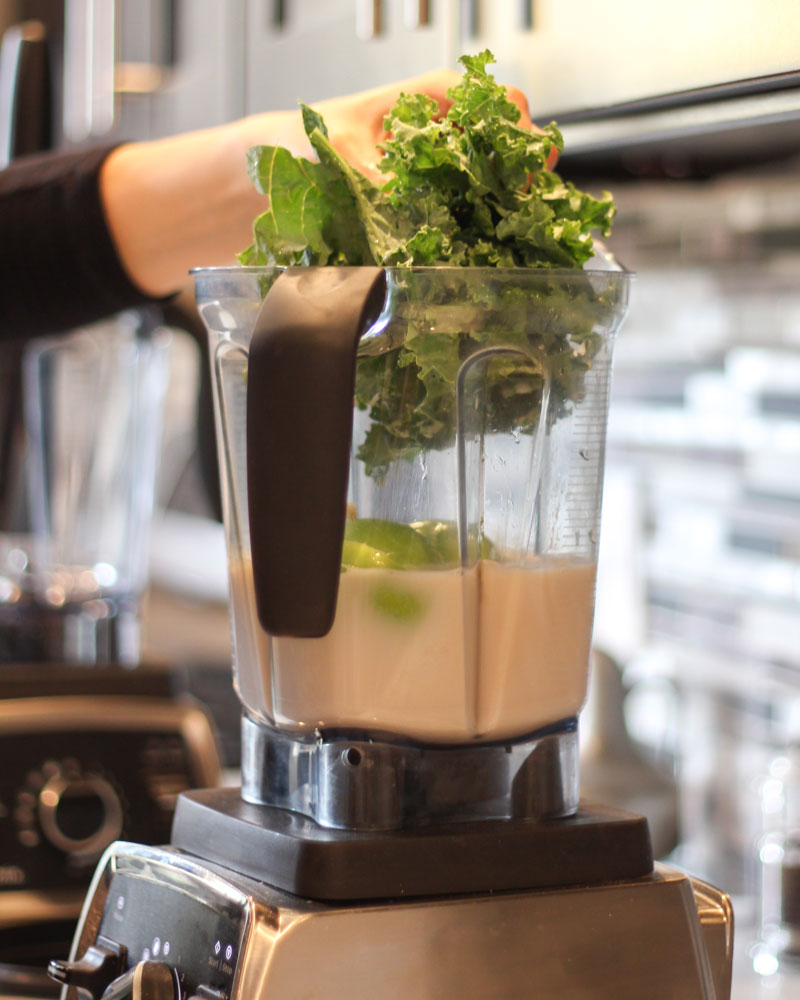
Look, food is not skin care.
In answering the question as to whether or not there is any difference between natural and artificial ingredients in skin care, there is only one correct answer: Artificial ingredients are simpler in composition, purified, regulated, and potentially safer, because only safety-tested components are utilized. On the other hand, natural extracts are more complex and can vary greatly in composition, are not purified, are not as regulated, and I consider them to be less safe. In fact, natural ingredients can contain many particulate toxins inherent to their sources. Natural coconut, for instance, depends on a chemical found in the bark of a Malaysian tree. Extracting this chemical involves the removing of the bark, which also kills the tree. So although this “natural” coconut is exactly the same as that in an organic chemist’s laboratory, it is also much more expensive and hazardous for the environment.
My second problem with the “natural not chemical” movement is simply that consumers are often ignoring the numerous double-blind, placebo-controlled, multi-center studies backing certain chemical ingredients in favor of clever marketing giving the impression that natural is always better. And that is a problem, because there is no research to date demonstrating that all-natural skin care products are always better, while there is substantial research indicating that certain chemical ingredients – neuropeptides, retinol, niacinamide,vitamins C & E, and chemical sunscreens, to name a few – have proven long-term benefits for the skin.
Lastly, THE SKIN IS NOT THE DIGESTIVE TRACT. Acidic or neutral pH products are best for your skin. This is because your skin has a natural barrier that is significantly disrupted by agents with a pH higher than 7.0 (Skin Pharmacology and Physiology, 2006). Your skin becomes more exfoliated with products that are highly acidic, with a pH of less than 5.5. (Hence why glycolic acid peels are so popular!) And your skin’s healthy physiology, containing microflora and healthy bacteria, is maintained at a neutral pH (Acta Dermato-venereologica, 1990).
However, the exact opposite — an alkaline/basic, or high-pH — diet is best for your health. This is because the hydrochloric acid in your stomach has a pH of approximately 2.0, neutralizing and ultimately breaking down high pH food residues much better than acidic food residues. It doesn’t hurt that the vast majority of healthy fruits and vegetables are either alkaline (like leafy greens) or leave an alkaline ash in your system (like lemon and other citrus fruits).
So while I am a firm believer in eating healthy food, mostly plants, I am not a firm believer at all in using mostly plants on the skin!
Bottom Line
My favorite new trend for 2016 is neuropeptides. My least favorite? DIY skin care recipes! Give your skin more of what it needs — it’s not about fighting aging, but it is about fighting signs of inflammation, stressors, and UV radiation.

